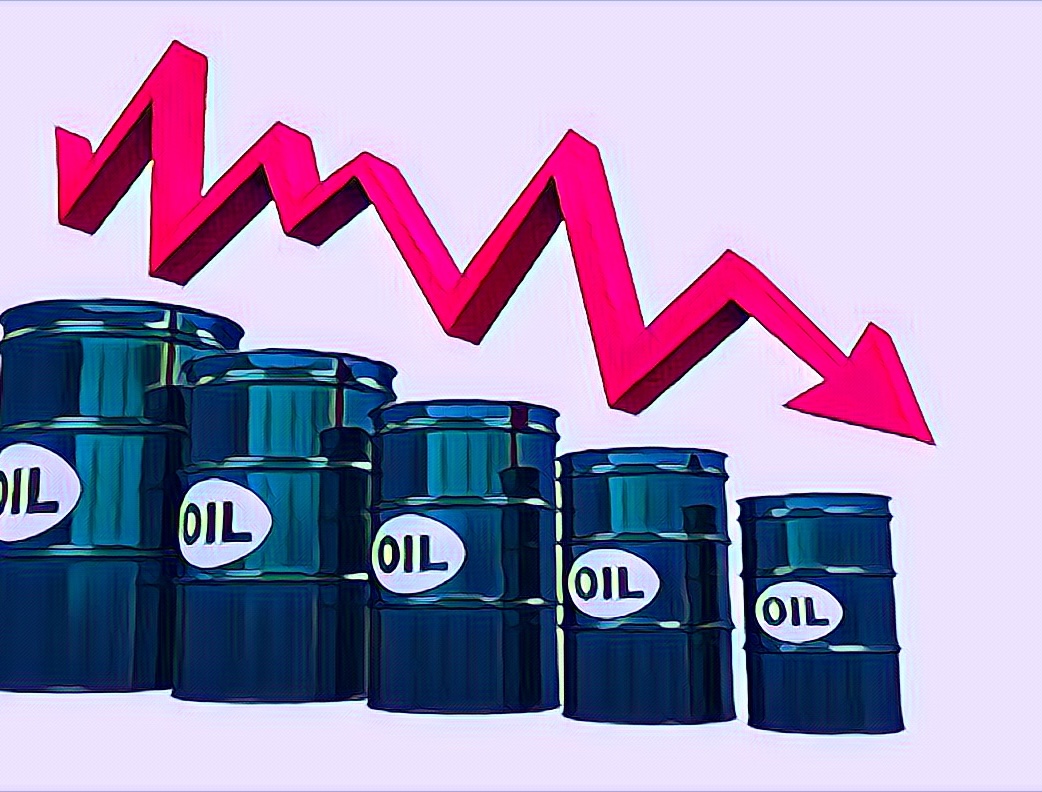Brent and West Texas Intermediate (WTI) crude futures plunged by over $3 per barrel on June 3rd, settling at their lowest points since February 2024. Brent crude closed at $78.36 per barrel, dipping below $80 for the first time since early February. WTI crude followed suit, settling at $74.22 per barrel.
This significant price drop reflects anxieties within the oil market related to a potential increase in global oil supply. While OPEC+ agreed to extend most production cuts into 2025, the deal also allows for the gradual unwinding of voluntary cuts from eight member countries starting in October 2024.
OPEC+ Decision Raises Concerns About Future Production Levels
Analysts interpret the OPEC+ decision with mixed signals. While extending production cuts provides some stability, the planned decrease in voluntary cuts from some members raises concerns about a potential production increase in the future. This could lead to a situation where supply outpaces demand, putting downward pressure on prices.
Analysts at Goldman Sachs pointed out that the detailed plan for unwinding cuts could make it difficult for OPEC+ to maintain low production levels if global demand weakens further. Additionally, rising interest rates and increasing output from non-OPEC producers like the United States are adding to the downward pressure on oil prices.
Focus Shifts to US Driving Season Demand Data
Concerns about slowing global economic growth, particularly in the United States and China, are also contributing to the recent oil price decline. The upcoming release of US fuel consumption data, specifically gasoline consumption figures around the Memorial Day weekend, will be closely watched as a gauge for US driving season demand.
Disappointing data showing weaker US demand could further exacerbate the oil price slump. John Kilduff, partner at Again Capital, emphasized the importance of strong US gasoline consumption figures, stating that a lackluster performance could significantly impact prices.
The US government’s efforts to replenish its Strategic Petroleum Reserve (SPR) might offer some temporary support for oil prices. The Department of Energy announced the purchase of an additional 3 million barrels for the SPR at an average price of $77.69 per barrel.
The current oil price drop underscores the complexities facing OPEC+. The group attempts to maintain market stability while balancing the economic interests and production needs of member nations. The coming months will be crucial in determining the effectiveness of OPEC+’s strategy and its impact on global oil prices.
While some analysts remain optimistic about the long-term outlook for oil prices, others express concerns about the potential for a supply glut. The upcoming US driving season demand data and future OPEC+ production decisions will be key factors to watch in the coming weeks.
Source: Reuters



